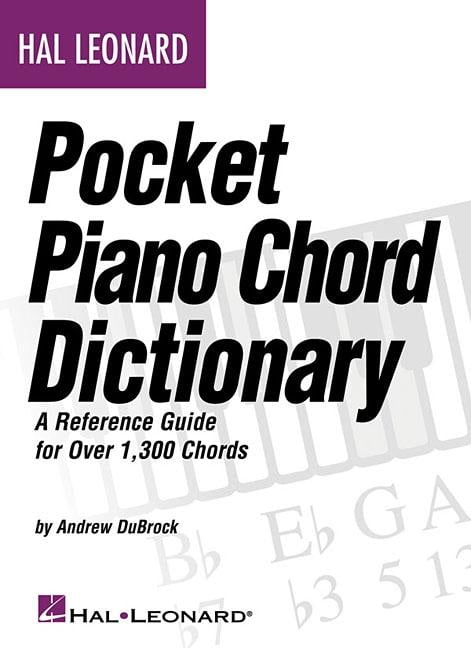
Hey, first of all thanks for your replies! My USB has been goofing up so not sure the camera was working. Likewise, here is a live demonstration of me voicing these chords(going through different starting points and inversions) If you were to voice F# minor I'd put the F# in the viola, A in the celli, and C# in the bass - again, if you put the C# in the viola it would be it's first open string in the sample world) So if you're voicing lets say a Bb major - you could put the D at the bottom end of the viola and work your way down.( with the F in the cello and the Bb in the bass ). If you were writing for real, I'd suggest not playing the bottom two notes of each register - so keep that in mind with your voicing, as sample libraries often use the same sample for the bottom open string for the first 2 notes - which is not very soft, can't use vibrato for obvious reasons(and you can hear that clearly when the violins hit that G) There is going to likely be some crossing of the viola because I'm just playing random stuff in and then moving the midi around as an example - but as long as you're keeping your dynamics and voice movement in check with the viola/celli/bass then you can afford to dip into the same register as the viola and still stand out as a melody. I've uploaded a 2nd one keeping the violins in their lower range. This has the octave the beginning - but without the octave staying in the lower range of the violin will keep a nice warm tone as long as you're careful. One of the classic techniques is just doing open voicing between bass/celli/viola then violins in the melody. Christopher Young also uses harp in the example above (and some subtle synths). P.S.: Try adding some gentle high woodwinds like flutes.

Then, it can go as big or as small as you want it to be in terms of overall volume, while still sounding lush.

Although, using appropriate style of sample libraries helps. So, overall, it mostly comes from arrangement and it's not something you can just "turn on" or load into your DAW. Here's an example from a piece I'm currently working on: And deciding which instruments to play and when. Lushness comes from the melodies, instrumentation/orchestration, voicings. Again, depends on what you're trying to achieve, the size of your ensemble etc. However, if you feel like that's not dynamic, swap to con sord.ĭivisi is a whole another topic. You can even experiment with harmonics patches. If you have an option, try flautando first. That's why con sordino from one library sounds different than con sordino from another. For MIDI, it's more a question of dynamic layers.Īlthough, the ensemble that was playing the samples you write with also plays a role. The mutes themselves could also be of great variety, changing the texture of the sound.Gentle Con Sordino will sound different than "sawing the strings as loud as you can. The sound of that still depends on HOW you play it. The first example is closer to what you would call "flautando" nowadays, but I think those could safely be notated as con sordino. The Entrapment is a great score, for that particular cue mostly strings were used (gentle woodwinds can be heard towards the closure). There is no brass (although I'm still listening to Desplat while I'm writing this).

It's more in style with European composers.

Chord dictionary lush sound pdf#
Download the full PDF transcription and chord chart below.I wouldn't call it straight up "Hollywood", as both examples are very understated. The right hand octaves strengthen the melody and the blues licks add a sophisticated soulful sound to the beautiful chords in the harmony. Below we have an interesting variation of the 3625 turnaround back to the tonic chord G: This arrangement features lots of rich and lush passing chords and interesting chord substitutions. Throughout the tune these changes are decorated with the G blues scale in the right hand. In a normal 8 bar blues the IV chord would be C7, but here we have a C major 7th which adds a different flavour:Īlso notice that the IV chord is preceded with a major 251 progression (D-7 to G13) which adds some more interesting harmony into the basic progression. We are playing the tune in the key of G and so the IV chord is C. One of the unusual features of “True” is that we have a major IV chord. This arrangement features some interesting altered chord voicings such as the D7#5 chord and also more standard extended voicings such G13 chord with the colourful 13th in the melody. An interesting point is that the chords used in this song are almost identical to a song recorded in Cuba by a singer called Benny Moré. The tune “True” follows the 8 bar blues form and for this James Booker lesson we will highlight all of the sophisticated chord substitutions that he uses. “True” is a tune composed by Paul Gayton and in this lesson Jon breaks down the famous rendition played by the great James Booker at the Montreux Jazz Festival.


 0 kommentar(er)
0 kommentar(er)
